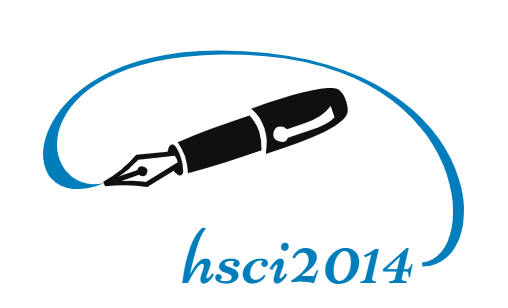Forging is the process whereby you use compressive forces to cast metal into the desired shape. There are different categories of forging processes; hot and cold forging, and each approach has sub-classes. One of the sub-categories of hot forging is impression die forging. In this method, manufacturers use hammers and powerful presses and rely on dying shapes that cast impressions of the end hot forging products. Find out how the hot forging process occurs, and the steps of impression die forging below.
How Hot Forging Happens
Hot forging is a manufacturing process that takes place at the highest temperatures without destroying the metallurgical properties of the alloy. During hot forging, recrystallization and deformation take place simultaneously, thus preventing strain hardening. Therefore, manufacturers need to maintain the forging temperature above a specific minimum temperature throughout the process for best results.
The maintained temperature depends on the alloy, and this condition minimizes the possibility of alloys not forging. Lack of enforceability significantly reduces ductility at lower temperatures which leads to cracks. Moreover, the forging sequence should be limited in time to maintain the temperature limits. If a lower limit is attained without completion of forging, the part must be reheated or considered forged.
Due to the importance of hot forging temperature intervals, manufacturers need to preheat all tools to decrease temperature losses during forging. As a result, closed die forging has specially designed and accurate processes referred to as isothermal forging. When performing isothermal forging, the specialist needs to heat the dies at the required forging temperature.
However, the concept varies with the metal type, which affects the forging temperature. Note that the dies should be made from materials needed to deform the metal at the forging temperature.
What Are the Steps of Impression Die Forging?
The steps of performing impression die forging are as follows:
1. Heating
The metals to be forged are in the form of mental blocks called ingots. Ingots come in a wide range of sizes and shapes depending on the part to be manufactured. The ingots are heated until they become nearly molten, such that they maintain their shape but can be easily altered with force.
2. Preforming
Before the metal block is pressed between closed dies, the forger should edge and block the heated ingot with a hammer or press. Edging increases the metal's cross-section area, whereas blocking refines its shape for the next step.
3. Finish Forging
The preformed metal is pressed between dies to obtain the desired shape. In this process, the metal will take on the end product's general shape. While simple items may require a single press, complex materials may need multiple presses at varying pressures or different tools to produce the end product.
4. Cooling
The expert can deform and optimize the metal's grain flow to increase the strength of the final item. The excess metal flows outside the die during the process, rapidly cools, and hardens, becoming harder than material in the die. Consequently, the metal in the die fills all the cavities.
5. Finishing
The forged material then undergoes surface treatment processes like trimming and painting to enhance its dimensional accuracy. Additionally, surface treatment can also improve the corrosion-resistance properties of the forged product and its appearance.
Conclusion
Impression dies forging is one of the sophisticated hot forging techniques with many applications. Reading this article will give you insights into the impression die forging process to know the industry trends.


